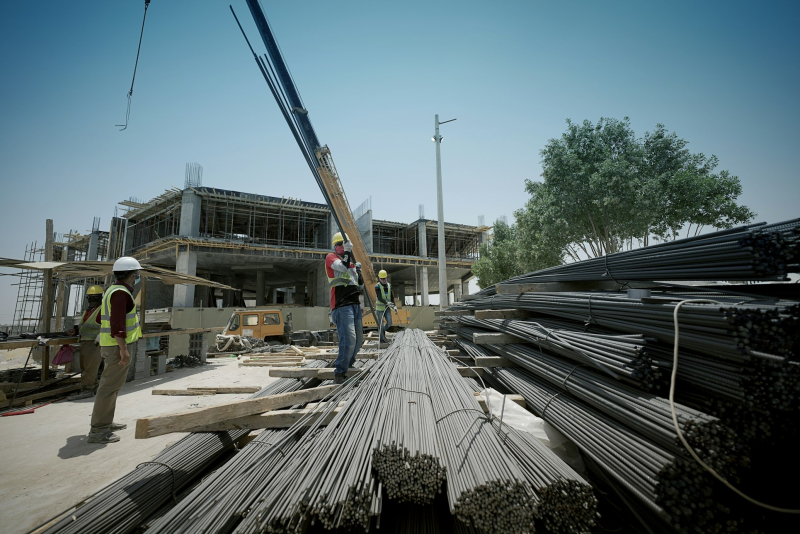Information has appeared on the Internet that the head of OpenAI, Sam Altman, is trying to convince US President Joe Biden of the need to build a large network of AI data centers. Bloomberg reports that each of these data centers will consume up to 5 GW, like the planned Stargate data center. It is assumed that such construction is necessary to ensure US national security.
The proposal, outlined in a document obtained by Bloomberg, highlights the merits of building several such data centers in the United States. The information comes just weeks after Altman and other tech industry leaders visited the White House to discuss AI technology and infrastructure.
Journalists quote representatives of Constellation Energy, who said that Altman may be planning the construction of 5-7 such megacenters, but for now he is ready to start with one. However, the construction of even a single facility will be a very difficult task, since each 5 GW data center will apparently require connection to nuclear power plants or large hydroelectric power plants. As a result, gigantic energy projects will have to be implemented in the United States.

Image source: Glenov Brankovic/unsplash.com
Thus, the Grand Coulee hydroelectric station in Washington state has a capacity of 6.8 GW, and nuclear power plants in Georgia (Alvin W. Vogtle) and Arizona (Palo Verde) provide 4.6 and 3.9 GW, respectively. According to a CBRE report released late last month, energy shortages are already hampering facilities’ ability to come online on time. At the same time, the US Department of Energy is indeed considering the massive commissioning of new reactors at old coal and nuclear power plants.
Given the high demand, cloud providers are already taking emergency measures to provide their facilities with energy. Microsoft has entered into a 20-year PPA with Constellation Energy to bring the 837-MW Three Mile Island reactor back online. Earlier this year, AWS entered into an agreement with Talen Energy, which owns and operates the Susquehanna nuclear power plant. Amazon purchased the company’s Cumulus data center for $650 million, gaining access to 960 MW, and Oracle is planning a small modular reactor (SMR) data center. Altman himself supports startups in the field of nuclear (Oklo), thermonuclear (Helion) and solar (Exowatt) energy.
In any case, the problem of obtaining a huge number of accelerators for data centers will remain. If the average PUE is 1.1, then the 5 GW facility will support up to 35 thousand NVIDIA Blackwell NVL72 super accelerators or approximately 2.5 million Blackwell chips. For comparison, in 2023, according to the Uptime Institute, NVIDIA shipped only about 600 thousand H100 accelerators, and deliveries of 1.5–2 million accelerators are likely this year. At the same time, it is far from certain that TSMC will be able to cope with the fulfillment of NVIDIA’s order, especially taking into account the limitations of CoWoS packaging technologies.
Of course, Altman often came up with semi-fantastic ideas. Earlier this year, it was reported that he had proposed a $7 trillion chip manufacturing network project to satisfy his business appetites. However, speaking at Intel’s Foundry event in February, he recalled that not everything that is written on the Internet is true. In other words, Altman’s plan, which he is trying to push through the administration, may just be an attempt to get the government to think about long-term investments in AI.